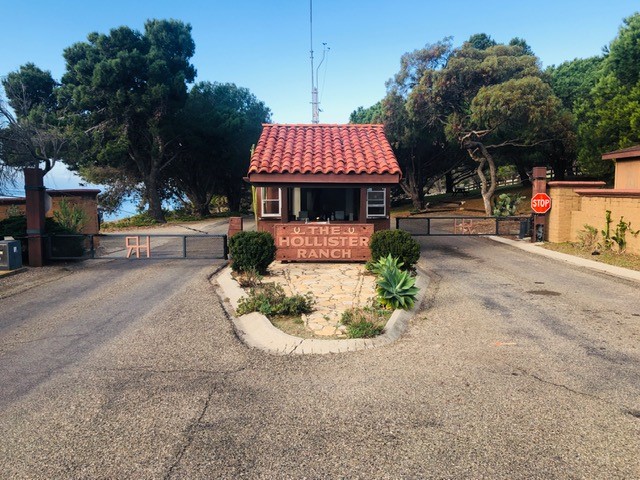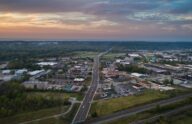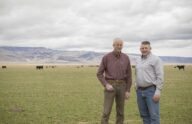Hollister Ranch dates back to 1869, when William Hollister and his family began using their land for cattle ranching. It has been a working cattle ranch ever since, producing about a million pounds of beef each year. Today, the ranch’s 14,400 acres in Santa Barbara County are sparsely developed, with about 100 homes on large, subdivided parcels of agriculturally zoned land.
The zoning, along with the ranch’s own restrictions on development, access, and other activities, enables “free-range” cattle ranching and provides habitat for owners seeking space and peace and for a wide range of species such as black bear, mountain lion, deer, bobcats, and raptors.
Hollister Ranch includes approximately 8.5 miles fronting the California coast, characterized by rocky shorelines, intermittent sandy beaches, creeks, steep bluffs, and rolling hillsides—a unique setting in Southern California. Because human activity on the shore is minimal, tide pools on the ranch’s shoreline are among the least disturbed of any in Southern California.
A new state law, AB 1680, threatens this way of life, however, by giving a number of state agencies the right to enter and search the ranch at will in an effort to figure out how to foist public access on the private ranch lands, and by giving these agencies the right to punish anyone who seeks to “delay” or “impede” this effort. The law, which took effect January 1, 2020, is the latest twist in a decades-long effort by the California Coastal Commission and others to force Hollister Ranch to allow the general public to use and access its private property.
The ranch was not opposed to early versions of the law that encouraged the State to work with ranch officials to create additional opportunities for public access at the ranch. But the law was amended in the final days of the 2019 legislative session, without hearings or debate, and ultimately gave state agents the right to invade the ranch property at will and the power to fine and punish any “action” that the government believes may get in the way of the mission to impose access on the ranch.
AB 1680 specifically allows state agents to search and inspect the ranch’s property, including employee houses, barns, and other structures, without permission or warrants. It also allows state officials to use the ranch-maintained roads at their discretion to carry out the mission of searching and cataloging the ranch land that the State may want to donate to the public for beach access.
The ranch understandably fears that such state efforts may damage its property and natural environment and that the State may ultimately take the ranch’s land, perhaps without compensation. But AB 1680 also declares that any “action” that ranch owners take to impede, delay, or otherwise obstruct the State’s efforts violates the California Coastal Act and is potentially punishable by a fine of up to $22,500 per day. The law accordingly threatens and chills the ranch owners from speaking out, litigating, or publishing about their property issues, or from video-recording state activities on their property, for fear that this may be an “action” that violates the Coastal Act under the new law.
To protect their way of life and the ranch’s unique environment, ranch property owners have no choice but to defend themselves from AB 1680’s unprecedented and unfair provisions. Represented free of charge by PLF and on behalf of its property-owning members, the Hollister Ranch Owners’ Association is challenging the law—and its numerous constitutional violations—in a federal lawsuit.
What’s At Stake?
- Government cannot authorize unwarranted property invasion and searches, property takings without compensation, and crushing financial penalties—violating three constitutional protections in one law.
- If California allows unconstitutional searches of property like Hollister Ranch, no one’s property is safe.











